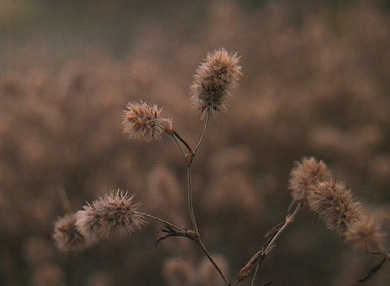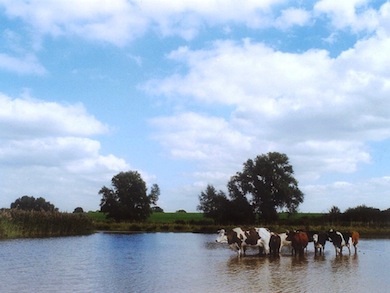Hornchurch Country Park overlies a site of great historical as well as natural interest. Stone Age tools, as well as Bronze Age, Iron Age and Roman artifacts were found when the site was dug commercially for gravel. During the Great War it was used as a fighter airfield to defend London from Zeppelin attacks. RAF Hornchurch continued to develop between the wars, and later became a Spitfire base in the Second World War. Pillboxes, gun turrets and trenches all remain from that period. Grassland is the major wildlife habitat on the site, as well as planted woodland, two small ponds and a larger lake. Part of the country park is included within the adjacent Ingrebourne Valley Metropolitan site. The site has open access and is extremely well used. The London LOOP (which follows the Ingrebourne Valley Green Way) passes through the site with a choice of two pathways, the eastern and the western. Havering Walking the Way to Health has also used this park.
Local Wildlife Site
Accessible Sites of Importance for Nature Conservation
Hornchurch Country Park
Borough: Havering
Grade: Borough Grade I
Access: Free public access (all/most of site)
Area: 102.33 ha
Description
Wildlife
Neutral grassland is mostly dominated by false oat-grass and includes scattered wildflowers such as horse radish, mugwort, nettle and tufted vetch as well as white clover, yarrow and various docks. Rye-grass and ruderal vegetation is present along informal paths and there is a scattering of scrub, particularly in the west. Though poor in plant species these areas support a high density of invertebrates, including a range of common butterflies, and are important for small mammals that in turn support a number of kestrel. The large western grassland has a population of common lizards. Towards the eastern boundary with Ingrebourne Marshes is a narrow band of more acid grassland, tracing the underlying gravel subsoil left by old workings. Here the grass is dominated by common bent and red fescue, with wildflowers such as s bird's-foot-trefoil and hare's-foot clover. There are also areas of broom and gorse scrub and large patches of sheep's sorrel on steep gravely slopes. The extensive areas of planted woodland include a wide range of native species and there are two small ponds that could be restored to benefit dragonflies, and a much larger fishing lake that attracts a range of common waterfowl. The country park is very important for its birds and insects. Breeding birds include the nationally declining species grasshopper warbler, skylark, yellowhammer, meadow pipit and willow warbler. The rare species long-eared owl, marsh warbler and lesser redpoll are irregular breeders. A large number of rare and declining insects are found on the site. These include the brown-banded carder-bee, the five-banded weevil-wasp, and the picture-winged fly; this is the only known London site for the latter two species.Facilities
Information; car parking; playground; walking routes; visitor centre; toilets; café
Hare’s-foot clover © Mike Waite

The stock drinking pond at Hornchurch Country Park © Alan Cooper
Feedback
Have a question or a comment for this site, or notice anything missing or out of date? Please contact us.
